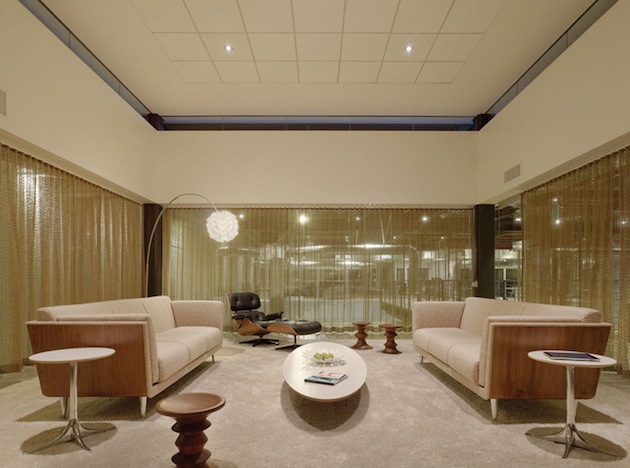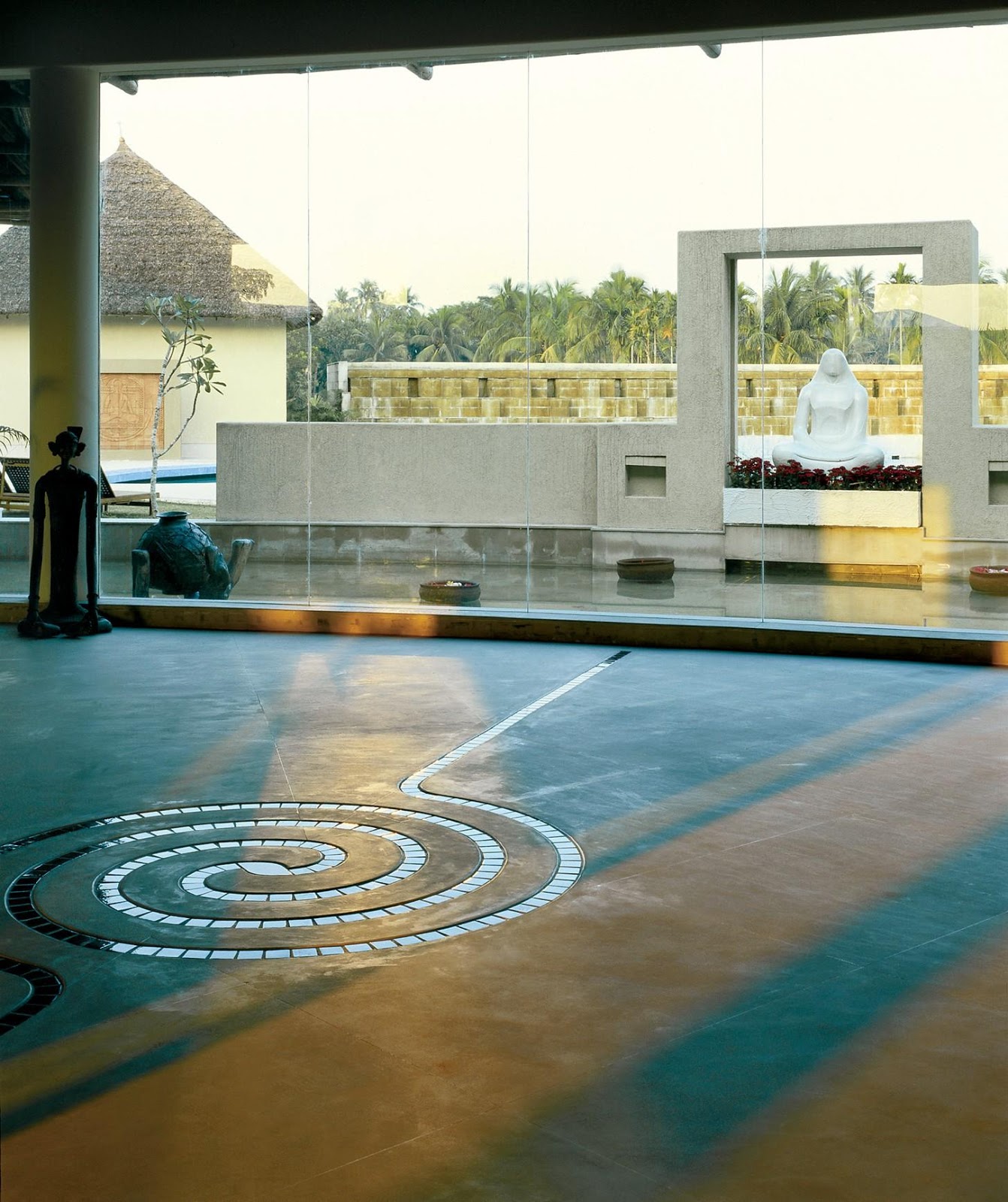Sadhguru on Transforming Oneself from a Person to a Presence.
Sadhguru: Of all the things in the world, of all the things that a human being can do, why yoga? Everything that human beings can do is essentially an expression of who they are. Yoga is diametrically opposite to this because it is not an expression of who you are – it is about determining as to who you are and what you want to be; it is about changing the very fundamentals of your existence. Today there is substantial scientific evidence that the very fundamentals of the activity of your brain, your chemistry, and even your genetic content can be changed by practicing different systems of yoga. This needed no confirmation because we have always witnessed this.
Yoga needs much more involvement than any other things that you do, which are merely an expression of who you are. If you find full expression through any particular activity, it may also leave you somewhat transformed. If you cook with all your heart, some transformation may happen. Taking care of a cow can change your life. If you sing with all your heart, some transformation may happen. If you dance with all your heart, some transformation may happen. Absolute involvement in a particular activity has a certain impact, but it does not determine the nature of who you are.
This is a very western thing but it is very much there in India today too because a lot of Indians are far more western than westerners. People say, “I’m a morning person. I’m an evening person.” What they mean is, “I cannot stay awake in the evening, so I’m a morning person.” Or, “I cannot wake up in the morning; that means I am an evening person.” Not only that, it is going so far that some are BlackBerry people, some are Apple people. These are not just instruments that you use – you get identified with them. The world is getting divided in so many ways. There are chapatti people, there are rice people, there are dosa people, there are idli people – there are all kinds. What kind you are is essentially a certain type of compulsion.
You put yourself into the process of yoga because you do not want to be this kind or that kind – you want to be the kind that you are required to be in a particular moment. If it is morning, you are a morning person. If it is evening, you are an evening person. If you are not required to be a person, you are not a person. You become flexible. We work on this flexibility with your body to start with; afterwards, it should come to every aspect of your life. Your physical structure, your psychological structure, your emotional structure, your karmic structure – everything should become flexible, so that it can be whatever it is required to be; so that it is not stuck with being this way or that way.
Yoga as a process, as a method, as a technology, as a science is essentially about breaking the limitations of this concretization that we call personality to evolve from being a person to a presence. If you are a person, this means you formed a shell – you can operate only within that shell. If you break the shell, you will no more be a person but simply a presence – as life is, as God is – just a presence. If it is encased in a shell, it is a person. Yoga means, slowly you are working on making this shell thinner and thinner, more and more porous, so that one day, you can exist without a shell.
All aspects of physicality are cyclical. Planets are going around the sun, the solar systems are moving – everything in the cosmos is cyclical. The more identified you are with your physical system, the more cyclical you are too. Your experiences are cyclical; the process of life is cyclical. If you watch carefully enough, even the situations that you face in your life come in cycles. Yoga means on one level to break the cycle of life. Because if you are going in circles, it just gives you the impression that you are going somewhere, but you are not really going anywhere; you are going through the same thing again and again.
Yoga means to open up the circle and stretch it out like a straight line so that if you follow the line, you go somewhere; you are not going round and round. Do not experiment with this now, but let’s say you have been doing sadhana for two, three, or five years and then you stop it for three months, you will see so many compulsions that were long time gone suddenly become a part of you again. These compulsions will come back if you break the sadhana because nature is not going to release you so easily. You have to keep working at it; otherwise you must be happy doing the circle. If you become conscious and you can see the whole circle of your life, it looks like a circus, and definitely you do not want it to continue forever; you want to do something about it.
These repetitive cycles of compulsiveness come from various types of memories in the system. There is a huge volume of memory – karmic memory, genetic memory, mental memory, and psychological memory – every kind. If this memory was not there, your body would not even take a form. Your body knows that it has to take this form. Memory always means that which is past. If the memory that you carry or is the only thing that determines the nature of who you are right now, that means you are past, or life is past you. There is no real life; it is just a play of memory.
If you watch a movie in the cinema, it is so big and so real, more real than the real; it becomes a bigger reality than the actual reality because it is so exaggerated. But all this is just memory being played out. Whether it is recorded in a film or in a digital format or whichever way, it is just memory; it is already over. Even your thoughts, your emotions, your compulsions, what you like, what you don’t like, whom you love, whom you don’t love – whatever is in your mind is all memory; it is already past. Yesterday you loved somebody – with that memory, you live today. Yesterday you disliked somebody – with that memory, you live today. So you are trying to live that which is over. If you try to live that which is over, that which is will bypass you.
Yoga means to liberate yourself from the information that determines who you are right now. The information that determines the color of your skin, the information that determines the shape of your body should not determine how you think, feel, and experience your life – but unfortunately, it does. If this information does not determine anymore how you are right now, then you are moving into yoga. The daily sadhana is just to slowly, gradually create a distance from that information – you don’t have to lose it. People say, “I want to forget.” If you forget, you will do the same stupid things all over again. Never ever forget. The more unpleasant your life has been, the more you should never forget.
This is not about forgetfulness but about being able to carry. Today you have memory sticks. If it is all the time plugged in and all of it is playing, you will go crazy. If you carry it in your pocket and when you want, you stick it into your computer, then there is no problem. The memory is still there but not compulsively working through you. Once you have this freedom that if you want, you can activate the memory; otherwise, you can keep it aside – then memory is not a problem. But right now, memory is a problem because it is playing up all the time.
Yesterday’s love, yesterday’s dislike – everything has determined who you are today. It will not allow you to experience what is today; it will not allow you any possibility of life; you will be like a broken record, just going on with the same thing. “I dislike this person. I dislike this person. I dislike this person.” Yesterday, he did something and you disliked him – there is no need to dislike him today. But the memory is playing up. Whether you like him or dislike him, both ways it is an old record playing, which will not allow you any perception. Unless you begin to perceive life in larger and larger doses, there is really no experience of life, just the mind playing the same record over and over again.
Yoga means breaking this cycle. Nature will not release you from it just like that; it needs a certain amount of work. If you want to be released just like that, you have to release yourself from the body itself. The foundation of information that we carry has constructed this body the way it is. To stay in the body, which is the way it is only because of its memory, and not to be a part of that memory; to live in it and not to be of it, will not come easy. I am not saying it is difficult, but it needs to be worked at.
The sadhana is just about this. However simple the sadhana is, if it is worked at every day, slowly you can see a certain level of freedom happening within you. It will slowly release you. If you want to go rapidly, there is a lot more to do. If you don’t mind going slowly, there is something to do.
So tomorrow morning – sadhana.
The above is an excerpt from a darshan with Sadhguru at the Isha Yoga Center, Velliangiri Foothills, India, on 30 October 2012.
Source:















































.jpg)



.jpg)





.jpg)














